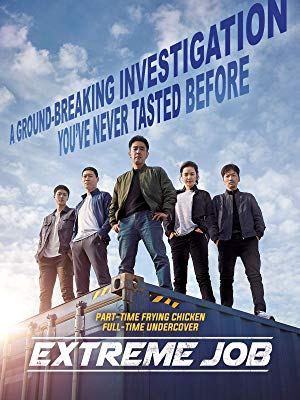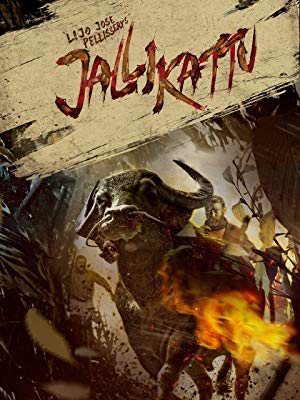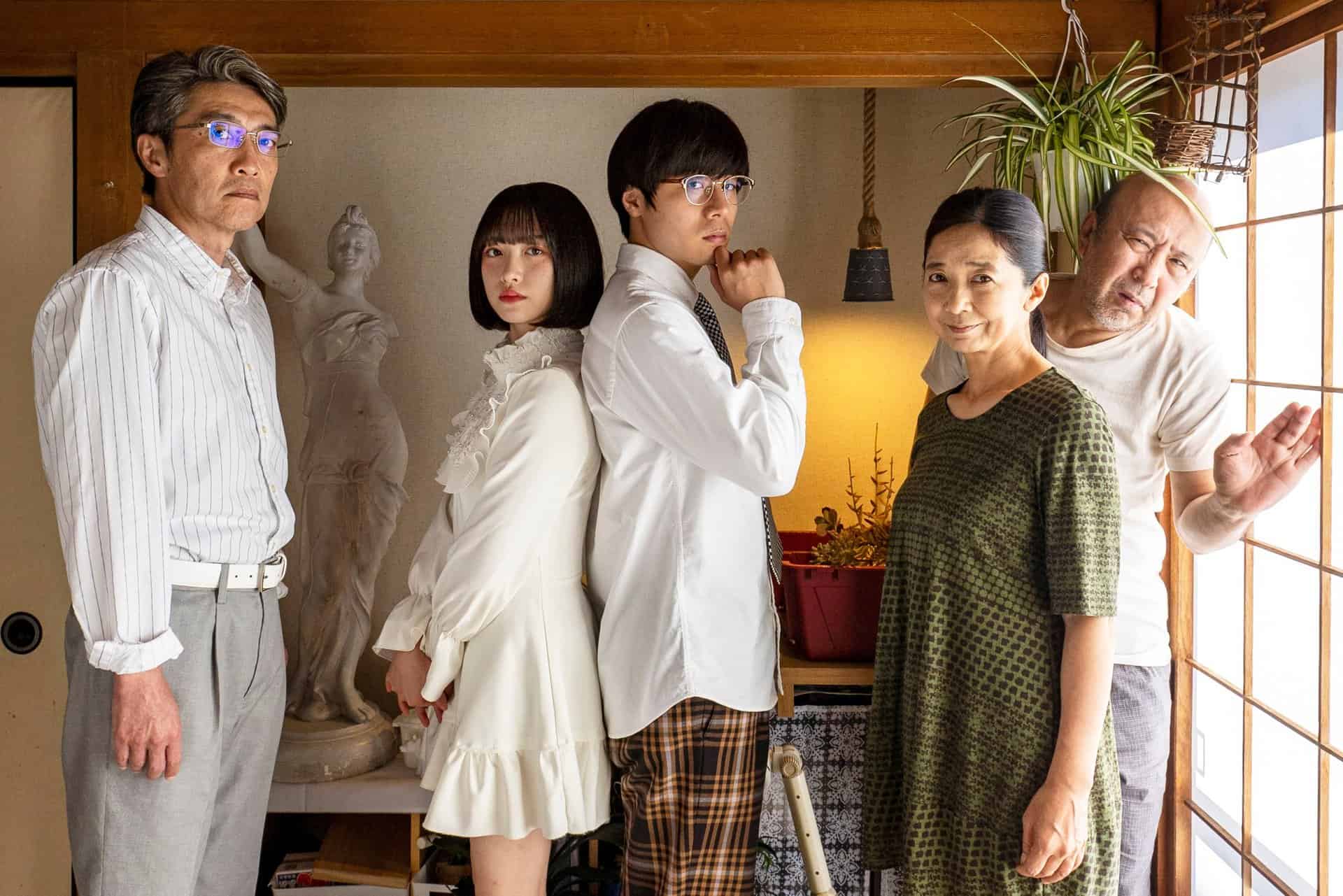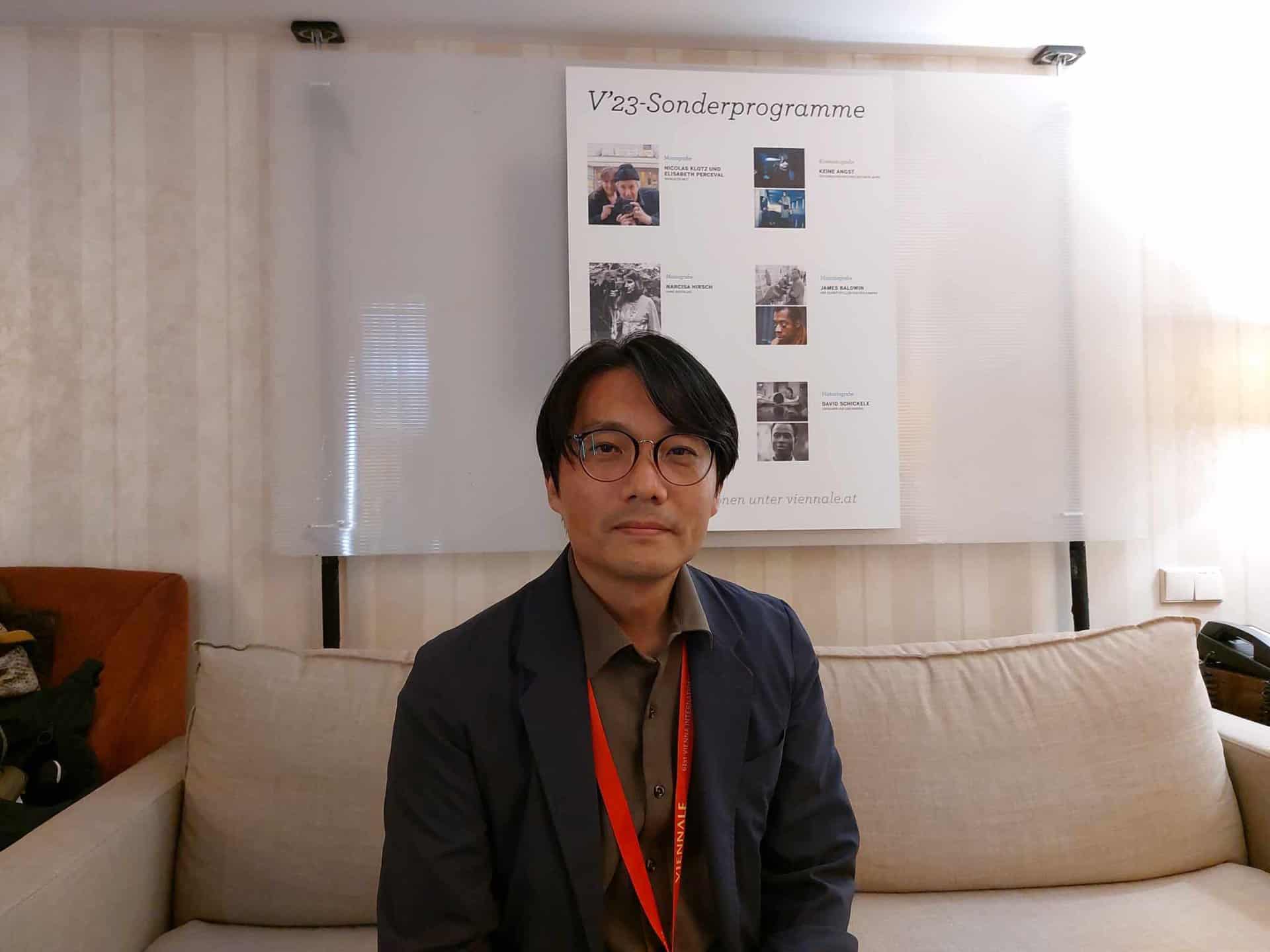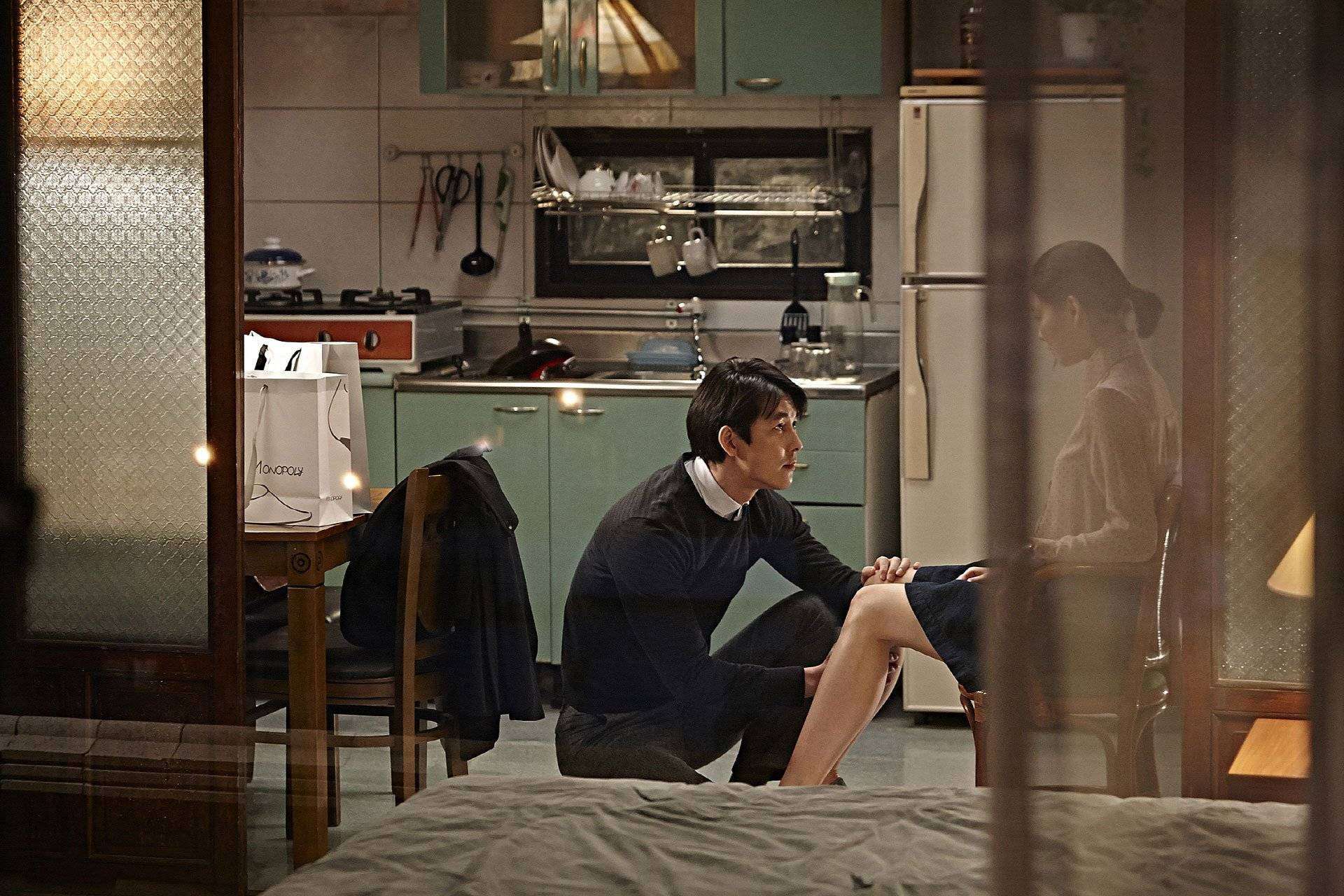10. G Affairs (Lee Cheuk Pan, Hong Kong)

In his feature debut, director Lee Cheuk Pan takes a closer look at Chinese society, focusing on the dark corners of the country and its various layers of hypocrisy as well as corruption. Starting from one grim murder scene, Chung-Yu Chiang's script portrays a variety of people from different layers of society, each of which linked to one another while also suffering from the aforementioned character traits of the social system surrounding them. Even though it becomes clear the case at hand is far more complicated, the insistence of the authorities on a simple solution, and the cruel tactics they use to reach their goal may seem like the logical by-products of a deeply disturbed society. (Rouven Linnarz)
9. Mard Ko Dard Nahi Hota (Vasan Bala)

“Mard Ko Dard Nahi Hota” is filled to the brim with throwbacks and references to not just kung fu classics but also popular Bollywood action films of the 80s and 90s, both at the script level as well as in its execution. In that sense, it feels very much like a Bollywood “Kill Bill”. Director Vasan Bala throws in as many namechecks to martial arts superstars and hit action films as he can muster. Much like “Kill Bill”, this film also references a classic Bruce Lee costume unashamedly, only this time it is his red tracksuit from “Longstreet”. Even Supri's wardrobe, for that matter, is evidently styled on Julie Estelle's Hammer Girl from “The Raid: Berandal” in her introductory scene and her climactic scene from “Headshot” in the climax. Several plot devices are also lifted straight from popular Bollywood films of decades gone past: a dead mother, the polar opposite twins, a drunk father and his suffering wife and the ever-important sentimental heirloom accessory. The very witty, often hilarious meta script presents these all-too-familiar ideas in a very fresh and modern setting. Even the soundtrack samples zany classics from Bollywood as well as quirky original songs. (Rhythm Zaveri)
Buy This Title
8. The Gangster, the Cop, the Devil (Lee Won-tae, S. Korea)

The killer, portrayed by Kim Sung-Kyu (“Kingdom” 2019), is a creepy psychopath with no morality. He always wears a smile and feels pleasure in his killings. We do not get to know a deeper backstory of his character nor his motive. But as the revenge finally is about to happen, the movie pushes the emotional level up and we cannot await the final punishment. These final sequences are the most memorable ones. Director Lee Won-Tae shows genuine talent by inflicting his characters deeper and deeper with the craving for retribution. (Alexander Knoth)
Buy This Title
7. Extreme Job (Lee Byeong-heon, S. Korea)

Comedy might be underestimated as a genre, since it is quite hard to do it properly and the trick is to make it look easy and effortless. In that and every other sense, “Extreme Job” is an enormous success with a high score for laughs and probably one of the best and most hilarious comedies in years. The success is even bigger having in mind that Korean cinema is not usually known for that kind of comedies. Well, maybe the filmmakers should have tried it earlier, but it is never too late. (Marko Stojljkovic)
Watch This Title
6. The Fable (Kan Eguchi)

Kan Eguchi directs a movie that combines comedy, parody of both manga and adaptations, and violent action in an impressive package, which, amazingly, manages to thrive because Eguchi does not seem to know where exactly he wanted to go with the overall style, but exploited the fact in order to present a rather entertaining spectacle. In that fashion, the film begins as a comedy filled with slapstick humor and gags, with the concept of Jackal Tomioka being the highlight, but as time passes, it becomes more serious, to the point that, at the end, it borders on the action thriller. Furthermore, the flashbacks to the protagonist's childhood provide a somewhat dramatic element, in essence resulting in a film that takes loans from every commercial genre. (Panos Kotzathanasis)
5. The Wild Goose Lake (Diao Yinan, China)
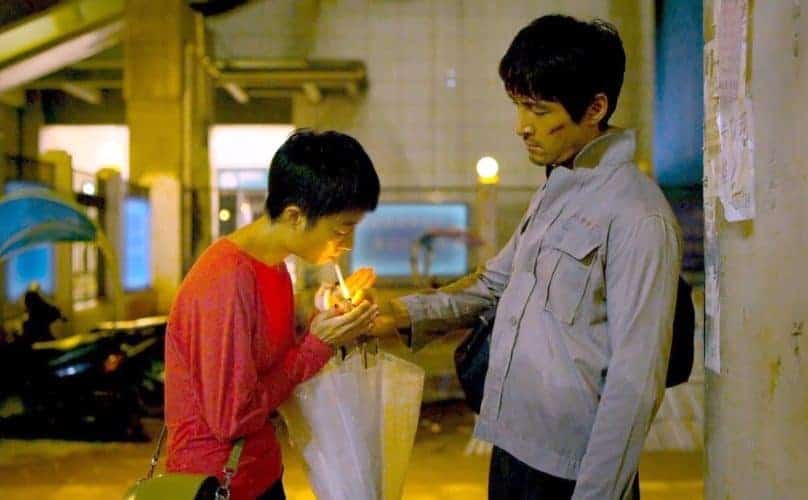
Although the plot takes place in an imaginary town called “Wild Goose Lake”, the core of the film relates to real circumstances. Police presence and surveillance create a constant atmosphere of paranoia. The action scenes are cold-blooded and among the best I've seen out of Asia this year. Diao Yinan puts his characters into a labyrinth of raw violence in front of an all too familiar tableau of neon lights representing the shady vibe of a second-tier urban area. Since the very beginning, Diao Yinan was very anxious about the color scheme of his movies. “The Wild Goose Lake” overtrumps all his other movies with a stylish color grading that redefines the meaning of neon light, maybe only matched by the works of Nicolas Winding Refn (“Drive” 2011, “Only God Forgives” 2013). (Alexander Knoth)
4. Alpha: The Right to Kill (Brillante Mendoza, Philippines)

Brillante Mendoza directs a film that unfolds much like a documentary, with hand-held cameras, drones, lengthy tracking shots that occasionally make the film look like it was completely shot in one take, “muddy” colors, and a permeating emphasis on realism. In reality though, Mendoza uses these techniques in order to present an “intellectual” action film, which functions much as Erik Matti's “BuyBust”, with the emphasis though, being on the social commentary rather than the violence and the action, although these two are anything but scarce here. The action part finds its apogee in the raid, which is rather impressively shot, utilizing all the aforementioned techniques, while providing the apogee of both Joshua A. Reyles's cinematography and Diego Marx's editing. Furthermore, the buzzing sounds (music one could say) by Diwa de Leon are implemented exceptionally here, adding a sense of danger that intensifies the effect of agony to the highest point. (Panos Kotzathanasis)
3. First Love (Takashi Miike, Japan)

The character-rich story is in fact a crescendo of action to climax in a locked hardware department store in the heart of the night, the perfect labyrinthine place for a showdown composed by many pickaboos between the deserted aisles and a display of mortal tools and thugs, including a couple of Katanas, a one-armed Chinese assassin with a pump-action shotgun, leg-cramps, bulletproof vest trickery and a beautifully animated transition. All neatly choreographed and orchestrated. In fact, the narration is pleasantly lucid despite the abundance of characters and subplots and doesn't leave open threads or dark shadows, making the ride easy and fun. (Adriana Rosati)
Buy This Title
2. Shadow (Zhang Yimou, China)

Zhang Yimou directs a wuxia that follows the “other rules” of the genre, as dictated by King Hu, particularly in films like “A Touch of Zen” and “Dragon Inn”. Firstly, the script does not exist solely to provide a background for the action, but is elaborately written and includes interwoven stories, conspiracies, treacheries, and in-depth analysis of the characters and the circumstances of the era. […] Not much more to say, “Shadow” is one of the greatest wuxia films of all time, an audiovisual poem and overall, a true masterpiece. (Panos Kotzathanasis
1. Jallikattu (Lijo Jose Pellissery, India)
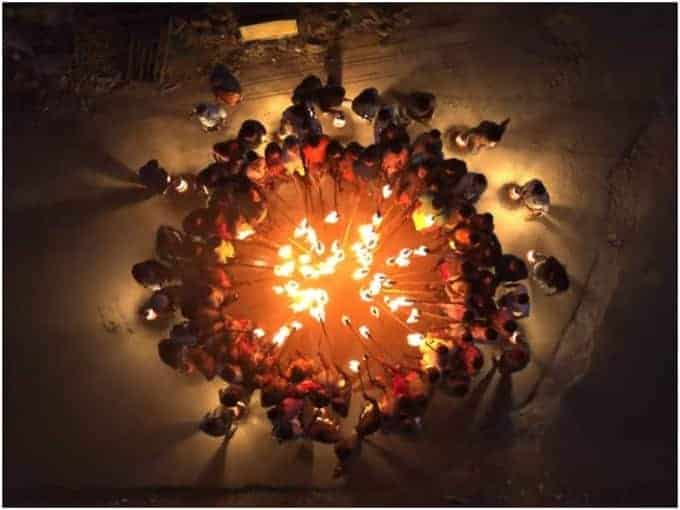
Questioning evolution is no small feat and keeping the primal need for food at its crux is even more remarkable. And as if questioning Darwin was not enough, we have entertainment without compromising intellect and some raw thoughts to ponder upon. (Arun Krishnan)




